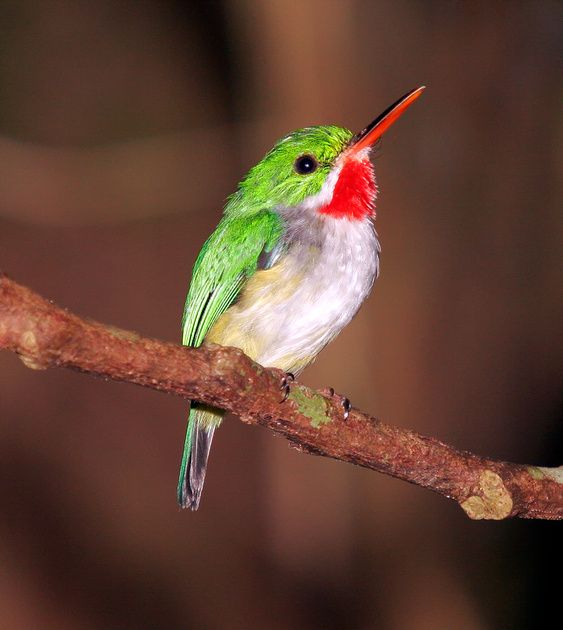- cross-posted to:
- [email protected]
- cross-posted to:
- [email protected]
The American oystercatcher (Haematopus palliatus), occasionally called the American pied oystercatcher, or PiruPiru, is a member of family Haematopodidae. Originally called the “sea pie”, it was renamed in 1731 when naturalist Mark Catesby observed the bird eating oysters. The current population of American oystercatchers is estimated to be 43,000. There are estimated to be 1,500 breeding pairs along the Atlantic and Gulf Coasts of the US. The bird is marked by its thick orange beak of 3 to 4 inches (7.5 to 10 cm) long, thick pink legs, bright yellow eyes with red rings around them, black or dark brown backs with black heads and necks, and white bellies and breasts and white stripes on their wings. American Oystercatchers are found only in intertidal areas and adjacent beaches, especially barrier islands with few or no predators. Within this environment, they prefer sandy, shelly beaches for nesting but also nest on sandy spots in saltmarshes and even on mats of dead vegetation (wrack) in the upper part of saltmarshes. Artificial beaches, such as dredge-spoil islands, also attract oystercatchers for nesting and roosting. Migrating and wintering birds use the same habitats. During foul weather, such as tropical storms and nor’easters that prevent them from foraging, oystercatchers take shelter in other open habitats in the vicinity such as agricultural fields. American Oystercatchers are monogamous and sometimes maintain a pair bond for many consecutive years. Their courtship in early spring is boisterous, with courting birds pacing quickly over the sand in unison, giving a piping call that increases in tempo, and pivoting in arcing patterns around the beach, sometimes taking to flight in pairs. A courting pair often attracts neighboring pairs to begin this display, and sometimes as many as three pairs come together in what scientists call the Piping Ceremony. Copulation often follows this display. The size of a pair’s territory probably depends on local conditions and ranges in size from about 1.7 to 5.3 acres. They sometimes establish territories within a colony of terns, Black Skimmers, or Brown Pelicans. Pairs stay very near one another for the breeding season. Male and female take turns incubating the eggs, and both defend eggs and young, driving away intruders (including other oystercatchers) with calls, chases, and aggressive flight. Young birds can dive and swim underwater to escape predators. After the nesting season the adults and young disperse, often to different locations, for the winter, and younger birds often spend one or more years away from their natal area before returning. American Oystercatchers dine almost solely on saltwater bivalve mollusks, including many species of clams and several oysters and mussels, and to a lesser degree limpets, jellyfish, starfish, sea urchins, marine worms, and crustaceans such as lady crabs and speckled crabs. Oystercatchers walk slowly through oyster reefs until they see one that is slightly open; they quickly jab the bill inside the shell to snip the strong adductor muscle that closes the two halves of the shell. Some oystercatchers smash open shells with the tip of the bill before snipping the muscle. especially when hunting softer-shelled species. Adult oystercatchers tend to teach their young one technique, either to snip or to smash, during their first year. For bivalves such as razor clams that burrow into sand, oystercatchers probe into the substrate and capture the prey by touch; they also capture mole crabs and polychaete worms in this manner. Tidal conditions influence when oystercatchers forage, and generally, they forage most heavily on falling tides, when prey is still partly submerged and actively feeding, shells open. American Oystercatchers make several high-pitched, sharp, and incisive calls, usually written peep, pip, hueep, and weeer. These function as pairing, contact, and alarm calls; most are far-carrying in the open environments the birds inhabit. Here is a link so you can listen to this bird too.

